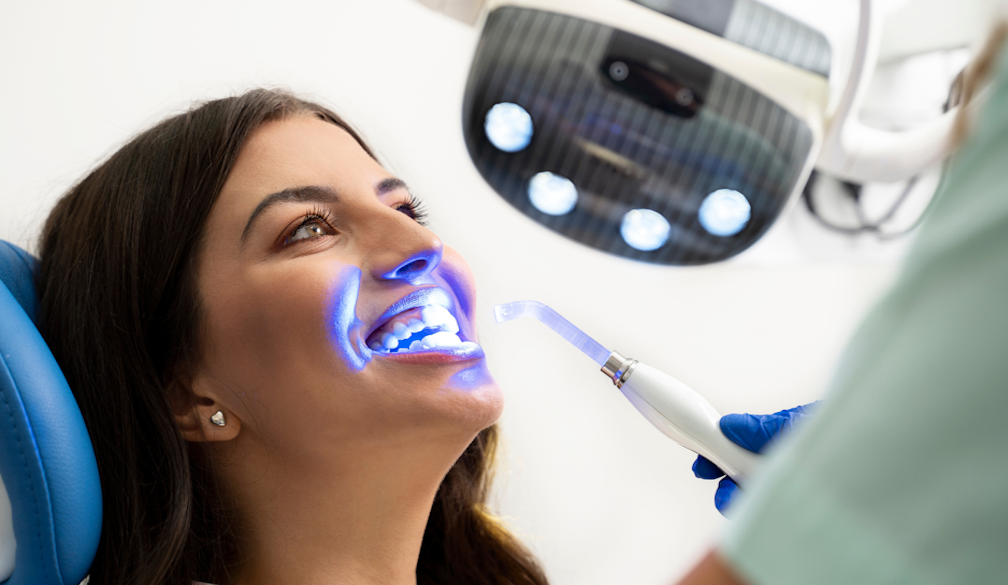How Advanced Technology Is Reshaping Australia’s Denture Industry in 2025

In 2025, the Australian dental landscape is witnessing a profound transformation — one that merges artistry, innovation, and comfort into a single vision of modern oral care. Among the most striking evolutions is how dentures, once associated with bulky, removable plates, have become sleek, precise, and beautifully natural. From AI-powered design to 3D-printed precision and digital smile simulations, advanced technology is redefining what it means to restore a smile.
From Traditional Plates to High-Tech Smiles
Not long ago, denture wearers faced limitations in both aesthetics and comfort. The process was slow, often requiring multiple fittings, and the final result could feel less than natural. Today, that narrative has changed. Digital scanning and 3D modelling have revolutionised the workflow — replacing messy impressions with ultra-accurate digital data that captures every contour of the patient’s mouth.
This technology allows dental professionals to create dentures that don’t just fit — they feel like natural teeth. The digital approach streamlines everything from the first consultation to the final fitting, improving precision and drastically reducing turnaround times. Patients who once spent weeks waiting for adjustments now experience same-day fittings or rapid design iterations thanks to digital fabrication and milling systems.
The shift is more than cosmetic. Many Australians are switching from removable plates to fixed dentures through advanced restorative solutions that mimic the feel and function of real teeth. This next generation of dentures brings a renewed sense of confidence, enabling patients to eat, speak, and smile without worry — and marks a pivotal moment for both patients and practitioners.
The Power of 3D Printing and AI in Custom Design
3D printing has emerged as the crown jewel of the modern denture industry. Its precision and flexibility make it possible to produce personalised dentures that are lightweight, durable, and uniquely tailored to each individual. Every curve, shade, and bite alignment can be fine-tuned digitally, resulting in prosthetics that not only look natural but also harmonise with the patient’s facial structure.
Artificial intelligence further enhances this process. Through AI-driven predictive modelling, dental software can analyse patient data to suggest ideal denture designs before fabrication even begins. The technology can simulate how a patient’s face will look with their new smile, ensuring aesthetic satisfaction before any material is produced.
Moreover, AI aids in quality control by identifying potential issues — such as pressure points or bite misalignments — that might otherwise go unnoticed in traditional methods. This ensures comfort and functionality at levels that were nearly impossible to achieve a decade ago.
Digital Workflow: Faster, Smarter, More Personal
The digital workflow now dominates Australian dental labs and clinics, integrating scanners, design software, and milling machines into one seamless ecosystem. This interconnected system allows for faster communication between dental professionals and technicians, ensuring consistency and eliminating guesswork.
For patients, this means a more comfortable and collaborative experience. They can preview digital mock-ups of their dentures, provide feedback, and even customise the appearance — choosing tooth shade, alignment, and smile shape that suit their personality.
Additionally, advancements in biocompatible materials have introduced lighter, longer-lasting dentures that feel incredibly realistic. These new materials adapt to the mouth’s temperature and movement, offering an experience that is both functional and lifelike.
The Rise of Implant-Supported Dentures
While traditional dentures still serve many Australians, implant-supported options are gaining rapid popularity. Fixed dentures supported by implants combine the stability of permanent teeth with the aesthetic benefits of custom design. For those tired of adhesives or slippage, the new generation of implant-retained dentures provides a reliable, natural-feeling solution.
Technological innovations like guided implant surgery and computer-assisted planning have made this option more accessible and less invasive. Using 3D imaging and virtual mapping, dentists can place implants with near-perfect accuracy — reducing healing times and improving success rates.
Patients no longer have to choose between comfort and durability; they can enjoy both. And as technology advances, implant-supported dentures are becoming the gold standard for those seeking a permanent, natural-looking restoration.
Sustainability and Smarter Production
Another noteworthy shift in 2025 is the industry’s growing focus on sustainability. Digital manufacturing reduces waste by using only the material required for each denture, while 3D printing eliminates the need for multiple trial fittings and disposable moulds.
Even dental labs are adopting greener practices, using recyclable resin materials and energy-efficient printers. This eco-conscious approach not only benefits the environment but also enhances efficiency — creating a win-win scenario for modern dentistry.
As more Australians seek ethical, long-lasting solutions, technology is allowing the denture industry to meet these expectations without compromising quality or comfort.
The Future of Australia’s Denture Care
Looking ahead, the denture industry in Australia is set to become even more personalised, predictive, and precise. From AI that forecasts oral health trends to digital systems that store patient data for future updates, technology continues to push the boundaries of restorative dentistry.
For dental professionals, this evolution means not just better patient outcomes, but also new avenues for business growth. Clinics embracing digital tools, in-house milling, and AI design systems are seeing increased efficiency and profitability — proving that innovation is not just transforming smiles, but entire dental practices.
Discover how these digital transformations are increasing your dental revenue and shaping the future of modern dentistry.










